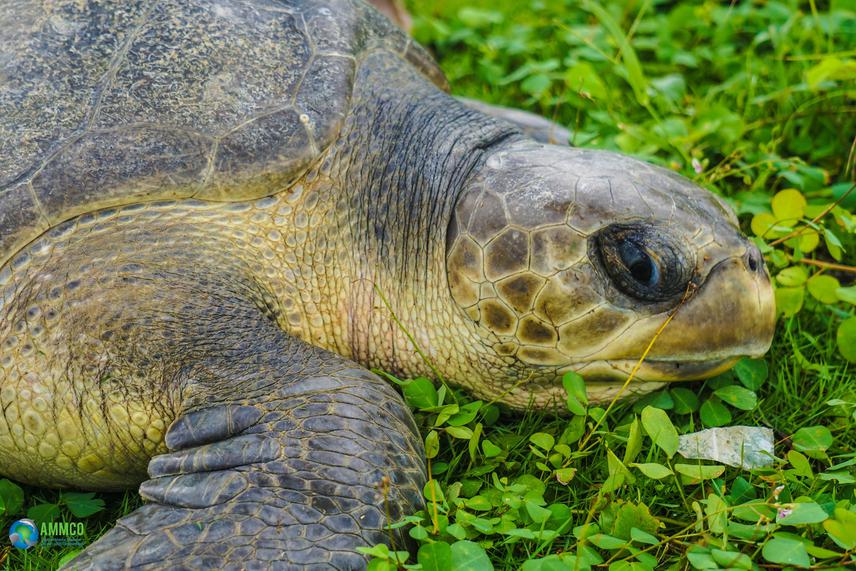Aristide Takoukam Kamla
Other projects
22 Nov 2016
Baseline Study and Conservation of Sea Turtles in the Northern Coastline of Cameroon
17 Nov 2023
Effective involvement of Local Fishermen in the Conservation of Sea Turtles Along the Northern Coastline of Cameroon
The current project will contribute to improving the conservation status of sea turtles in Cameroon by (1) providing updated data on nesting activities of sea turtle in the northern coast of Cameroon where research and conservation effort have been almost absent; (2) identifying and mapping potential sea turtle feeding ground; (3) educating the local fishers on ways to limit sea turtle bycatch and sensitizing the local community Categories

© AMMCO
Out of the seven known species of sea turtles, four (04) including the olive ridley, leatherback, hawksbill, and green sea turtles occur along the 402 Km long of the Cameroon coast (Formia et al. 2003). Very limited information is available on the distribution and habitat used by marine turtles along the coast of Cameroon. The tag recapture by Hyacynthe et al. (2012) indicates that Juvenile green turtle appears to be sedentary to the southern coast of Cameroon with only very few individuals migrating long distances. Based on the result of the beach monitoring in six villages in south Cameroon, Olive ridleys and leatherbacks are nesting around on a regular basis but at a low level in the south of Cameroun (Fretey 2001; Cameroon National report on sea turtles 2019); however, the nesting’s are very rare. Overall, only very little is known about sea turtles in Cameroon with most data collected from the southern coastline of Cameroon and only very little from the northern coastline.
The current project will be conducted on the northern coast of Cameroon from October 2020 to January 2022 and will contribute to improving the conservation status of sea turtles in Cameroon by (1) providing updated data on nesting activities of sea turtle in the northern coast of Cameroon where research and conservation effort have been almost absent; (2) identifying and mapping potential sea turtle feeding ground; (3) educating the local fishers on ways to limit sea turtle bycatch and sensitizing the local community
Thus, this project intends to fill the data gap and bring up the knowledge of nesting activities of sea turtles on the northern coast of Cameroon to a comparable level than on the southern coast.
The project will focus on three activities - Participative monitoring of sea turtle nesting activities along the northern coast of Cameroon - Mapping of sea turtle feeding areas (sea-grass bed) - Sensitize and educate the local community on the protection of sea turtles.
The data will allow comparison of nesting at the northern volcanic beaches (different sand texture) with nesting on the southern beaches: Are both beaches visited by the same species and at the same frequency? Is the nesting success the same? This information will be important in adapting a conservation strategy that fits with the nesting contest of the northern coast of
Cameroon.
In addition, the project will determine, evaluate, and map threats on the species. This information will be used to prioritize conservation efforts by focusing on the heaviest threats, adopting efficient intervention strategies at the right place.
We will work in collaboration with the local population in order to understand their perception of the sea turtles and tailor an awareness program that will gradually but positively improve their interaction with the species without significantly affecting detrimentally their livelihood.